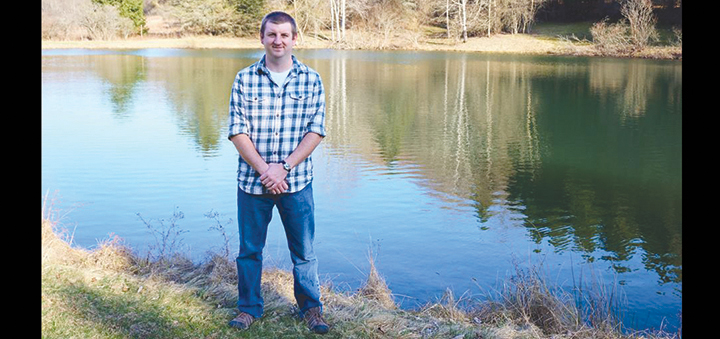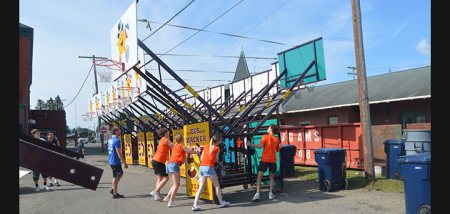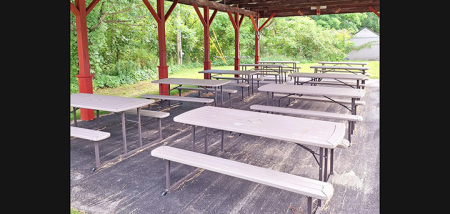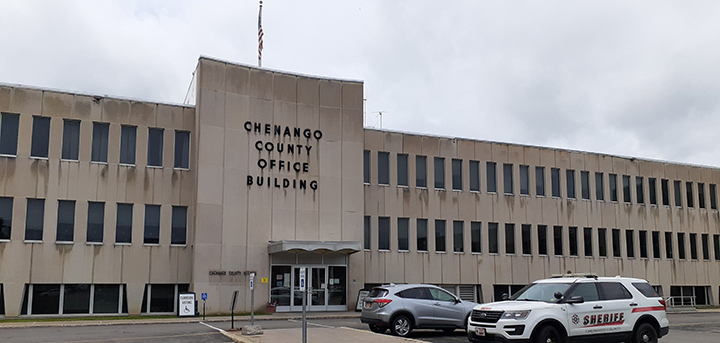What Is A HAB?
Published:
July 14th, 2021
By:
Eric Davis
 Outdoor Columnist Eric Davis
Outdoor Columnist Eric Davis
Over the past few years there almost always seems to be a story in the summer about a HAB (harmful algal bloom) somewhere in Central New York. The story usually focuses on the effects ingesting water with toxins produced by some blue-green algae. However, there can be algal blooms that are detrimental to the water body without the presence of toxins. Unfortunately, these stories do not offer much detail into what is happening in the lake that would cause these organisms to flourish out of nowhere.
In freshwater ecosystems, algae and macrophytes (“seaweed”) oxygenate the water when they use photosynthesis to make energy just like plants do on dry ground. Their growth is often limited by the amount of phosphorus and/or nitrogen in the water. Sometimes things happen that can cause a bloom or rapid growth in the algae population. Runoff after a storm that has phosphorus or nitrogen from lawn fertilizer can enter the water body and let algae to grow out of control. Stratification (or layering in the water column) can lead to blooms if the bottom of the lake/pond becomes anoxic and the vegetation starts to die. After it dies, it starts to get broken down by decomposers who release phosphorus and nitrogen, that was tied up in the vegetation, into the water. Another way a bloom can be harmful is by forming a dense mat at the surface of the water that blocks sunlight from reaching deeper macrophytes. Once they are shaded out, the macrophytes die and start to decompose. The dense mats of algae can also clog fish gills, causing them to suffocate to death. Cyanobacteria, or blue-green algae, can produce toxins that are kept in their cells or are released into the water that cause harm to humans and animals. Some of the toxins are allelopathic, meaning they cause a reaction from other algae species. Thick of it as chemical warfare at a microscopic level. To make things worse, as a bloom dies off, the decomposition of the dead algae can use up the oxygen in the water, leading to death in fish and other organisms.
So, what are some things that you can do to help prevent harmful algal blooms from occurring? Since they are nutrient limited, reducing the addition of those nutrients is the best way to limit how much algae can grow. Limit your use of lawn fertilizer that has nitrogen or phosphorus in it, there are options that have neither. Also, do not spread fertilizer if it is going to rain within 24 hours. Leaking septic systems also can put nutrients into the water table so having your septic tank pumped regularly will help reduce this. If the water body seems stagnant, helping to mix the water up can keep the bottom from becoming anoxic. Wind-powered agitators can help keep the water moving from top to bottom in smaller ponds or lakes. Fountains or sprayers also oxygenate the water while keeping it mixed but are not always feasible on bigger waters.
If you think you might be encountering a HAB, you can contact the NYSDEC and they will come collect samples to see what type of algae is in the bloom. They also have records online of water bodies and when they had HABs in the past.
Author: Eric Davis - More From This Author
Comments










